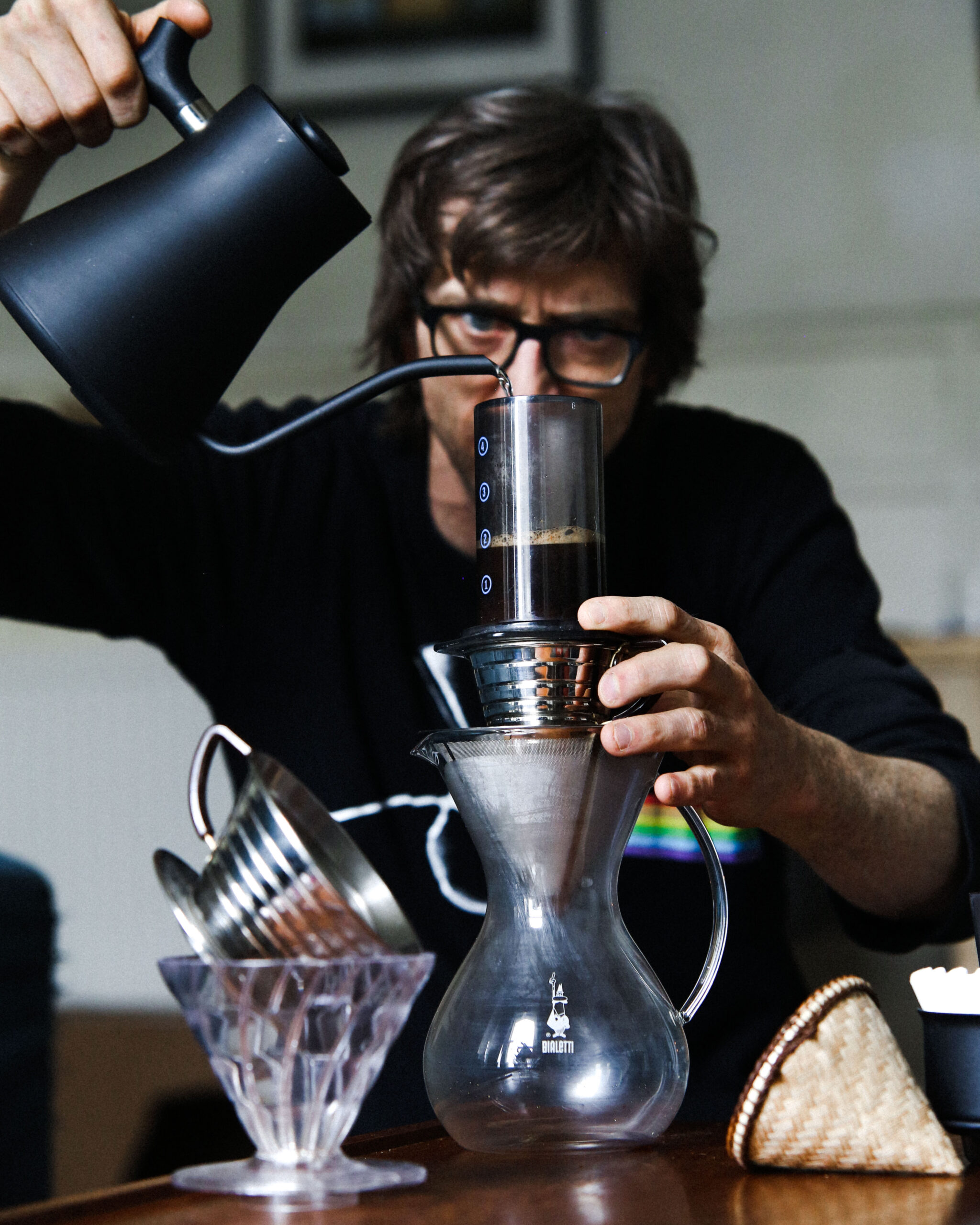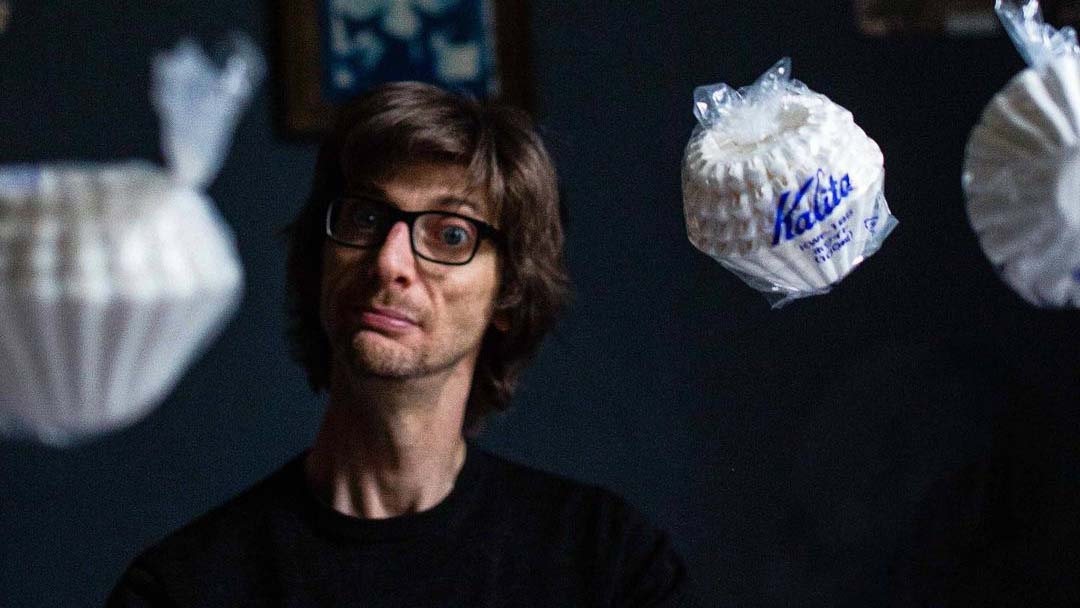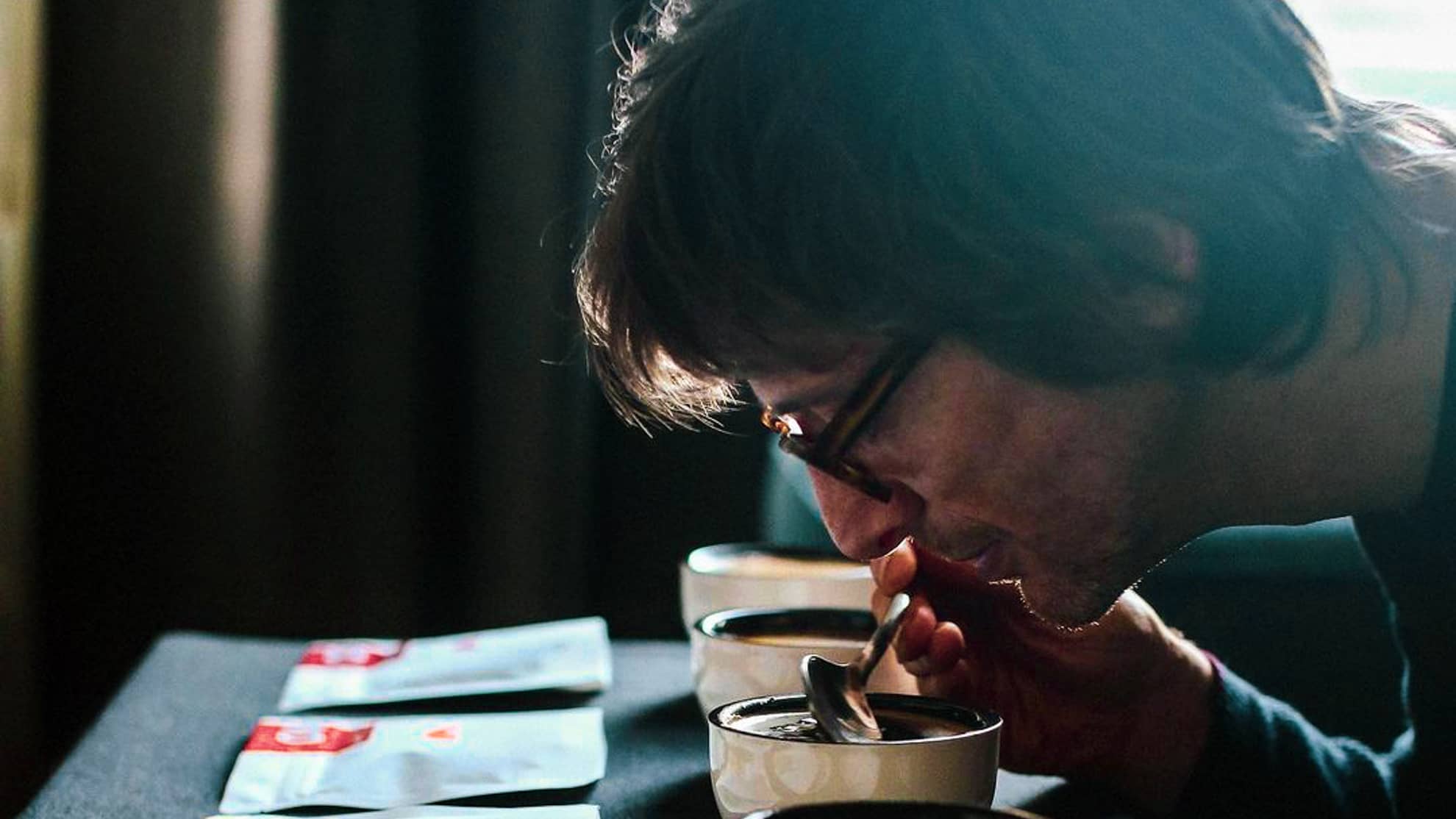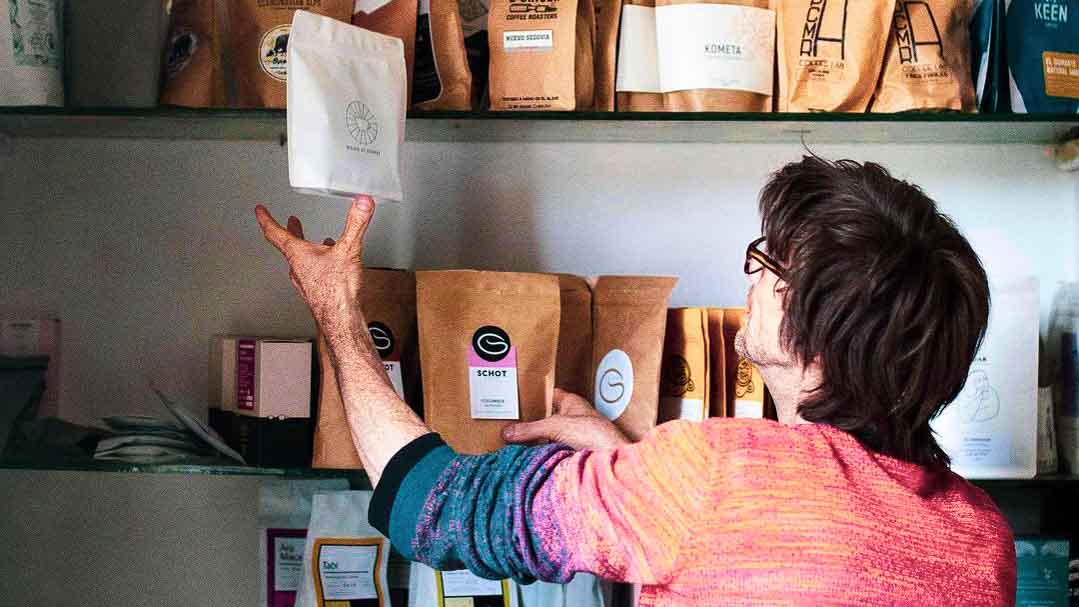Description
Detailed Guidance
What makes this recipe so special?
Have you ever wanted to try a champion’s recipe but just can’t spare 30g of coffee? I decided to adapt the 2019 World AeroPress Champion Wendelien Van Bunnik winning recipe so it can be enjoyed using half the amount of coffee of the full-size recipe.
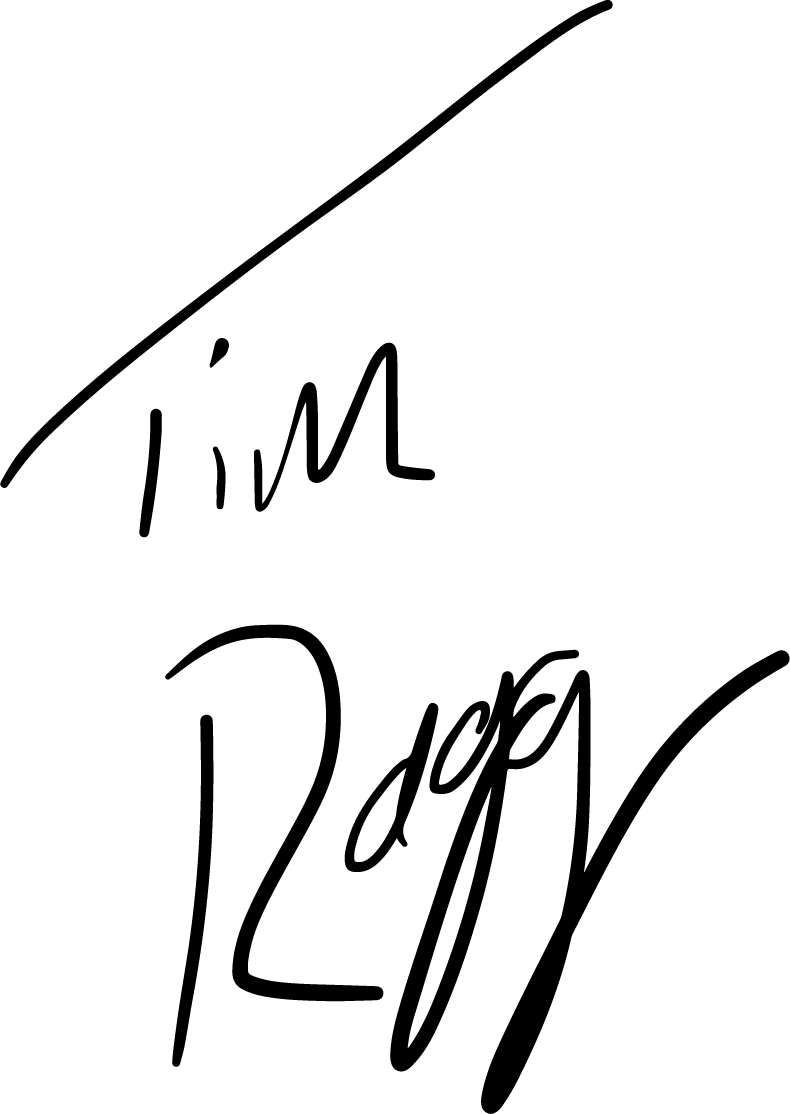
How to grind coffee?
Grind setting 1 to 10
1. Extreme fine grinding
<200-200 µ – Extra Fine (I) (confectioners sugar)
it is so fine that is almost impossible to filter/separate, like a powder, usually the finest grading in your grinder. Used for Ibrik/Turkish method because it “dissolves”; in pour-over can clog the filters. The substances extraction is extreme and can lead to a more bitter taste.
2. Finest grinding
300 µ – Fine II (flour)
almost a powder, a little more boulder. Can be used in Ibrik/Turkish coffee, and for some coffee beans in Moka Pot and espresso. The substances extraction is very high but has less surface contact area than the previous one.
3. Fine grinding
400 µ – Fine III Dry (no lumps)
it is fine, but not a powder, you can see little boulder parts. Used mainly for espresso and Moka Pot, but some Aeropress recipes use this grinding in a short time extraction. The substances extraction is high, it has high surface area contact, and it is used in methods with pressure, less time, high temperature.
4. Medium-fine grinding
500-600 µ – Medium – Fine (beach sand)
it is finer than sand, but not as fine than the previous. It is perfect for tuned recipes with pour-over methods, V60, Kalita, et cetera and also for some Aeropress recipes. It can be tricky if you do not master the brewing techniques leading to clogging. The substances extraction is high; it has a high surface contact area, but less than the previous one.
5-6.Medium grinding
700-800 µ – Medium I (Table Salt)
it is the start point for a test with a new coffee, it is a little bit coarse than the medium-fine. Very similar, in consistence and size, to sand. Can be used in various methods like pour-over, siphon, Aeropress, infusion, et cetera. The water-substances interaction is medium here, as the surface contact area is starting to decrease. In this grind size, and beyond, other variables like temperature and time become to influence more and more. It is the grind size that doesn’t extract too much but don’t extract too little.
7. Medium-coarse grinding
900-1000 µ – Medium II Commercial
it has the aspect of sand with boulder particles. Methods like Chemex, Clever and Aeropress benefit a lot from this grinding size, also some pour-overs with a little adjust in the variables. The surface contact area is smaller, so the solubility of the substance in water become to decrease. In this case, extraction is medium and extraction time starting to get more attention.
8. Coarse grinding:
1100-1200 µ – Medium III (Silica Sand)
it is more rough than sand, almost a sea salt, you can see boulder particles. Methods like French Press and some percolators are the best ones applied here. It is also very used to coffee cupping/tasting. In this case, extraction becomes small to medium, there is even less surface contact area with water and extraction time become fundamental.
9. Coarsted grinding
1300-1400 µ – Coarse I (clay particle)
similar to peppercorns. Used mainly for cold brew due to small substances extraction rate because the surface contact area is little, the pores are not available for extraction.
10. Extreme coarse grinding
1500-1600 µ – Coarse II (coarse kosher salt)
also similar to peppercorns, also used for cold brew. The substances are even less extracted than the previous. The surface contact area is small.
1600µ – Extra Coarse (III) – (broken peppercorns)
——-
The grind setting below is from our volunteer Carlos @chaosinrye and @fatima_quest. This is only a draft version.



